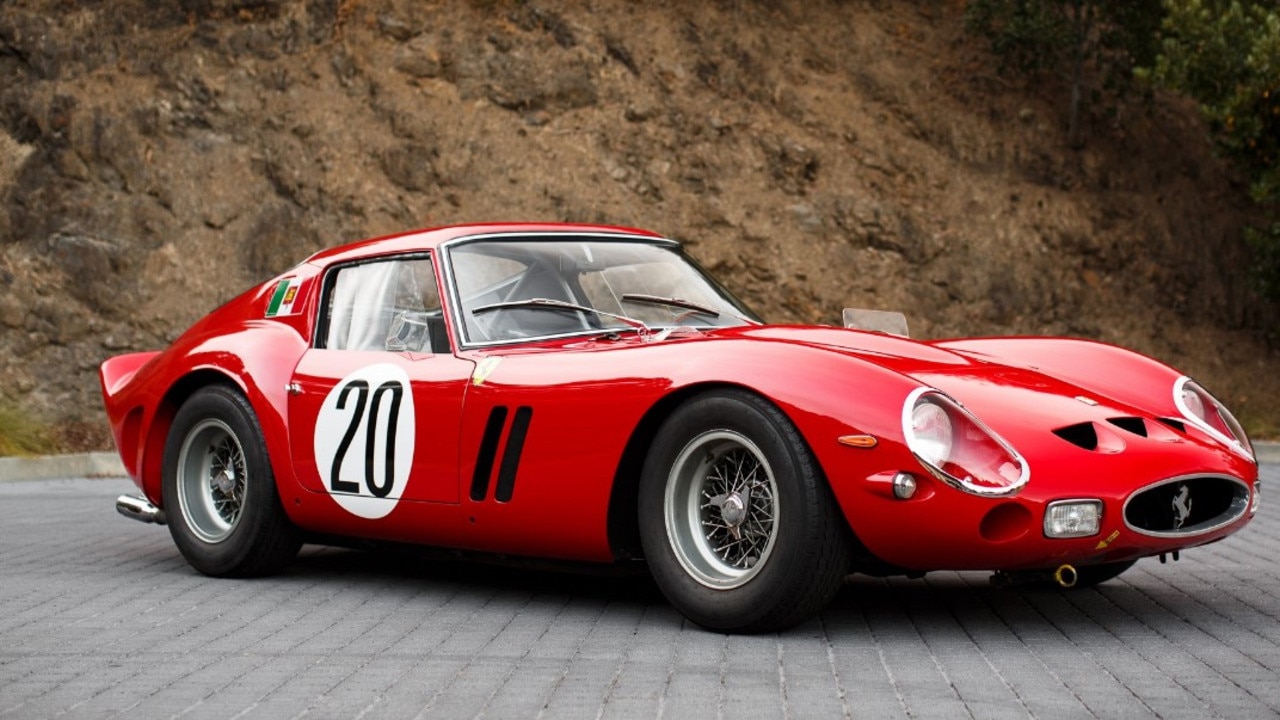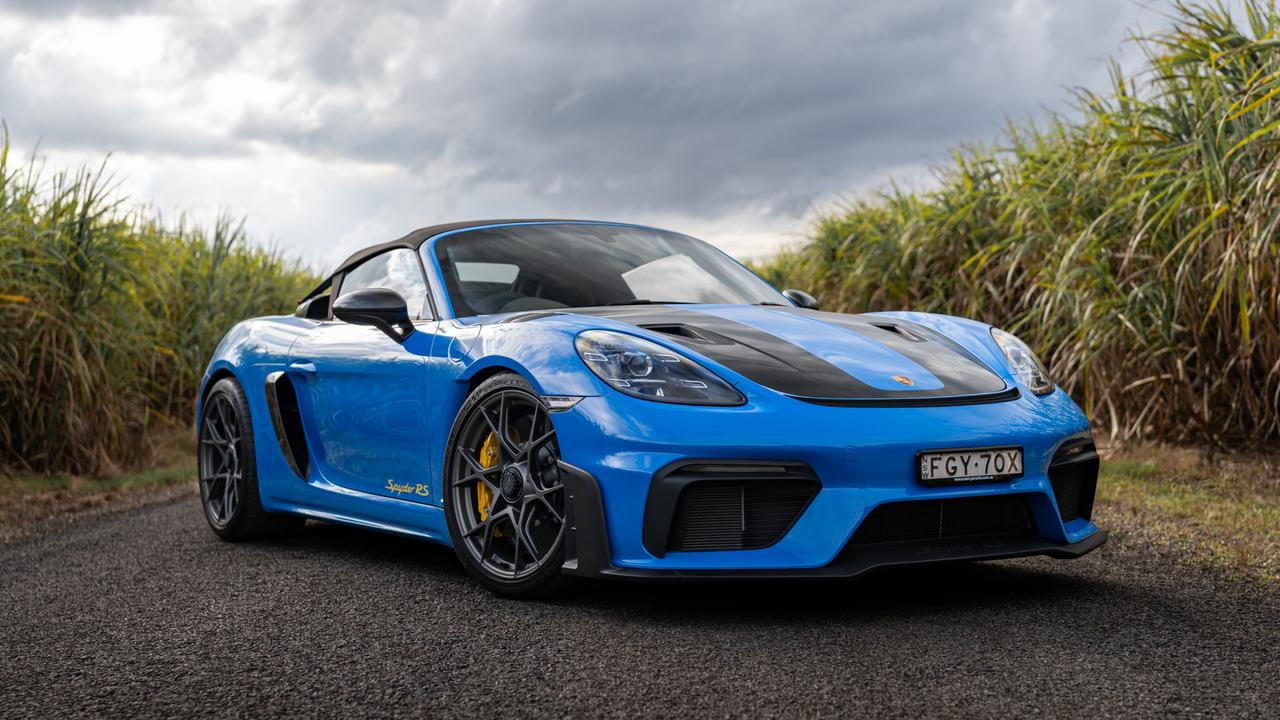Cheaper Taycan is Porsche’s honey trap
The idea of buying a Porsche that’s not particularly fast strikes me as patently absurd. So what’s the new Porsche Taycan about?
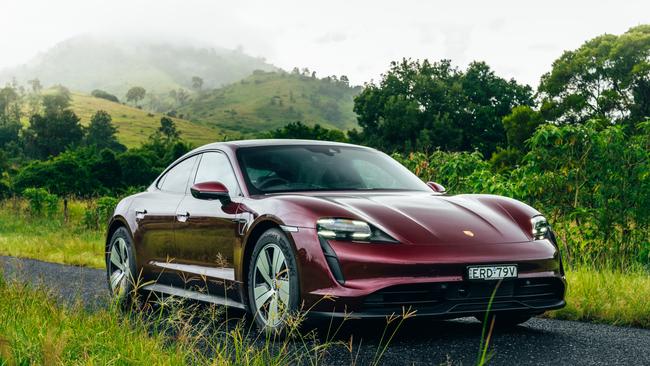
The idea that someone would buy a Porsche that’s not particularly fast strikes me as patently absurd. Would they drink expensive tequila in a bottle shaped like a Halloween prop if it didn’t get them drunk? Or buy wildly priced sneakers that are unsafe for running because they’re so dazzlingly white they can blind passing motorists?
Way back in the bright ages, when electric cars were merely a fever dream and we only had to worry about holes in the ozone layer and nuclear obliteration, it wasn’t possible to buy a poseur Porsche, because the company only made sizzling sports cars. The concept of a Porsche SUV was as unimaginable as a world in which cricketers looked like athletes.
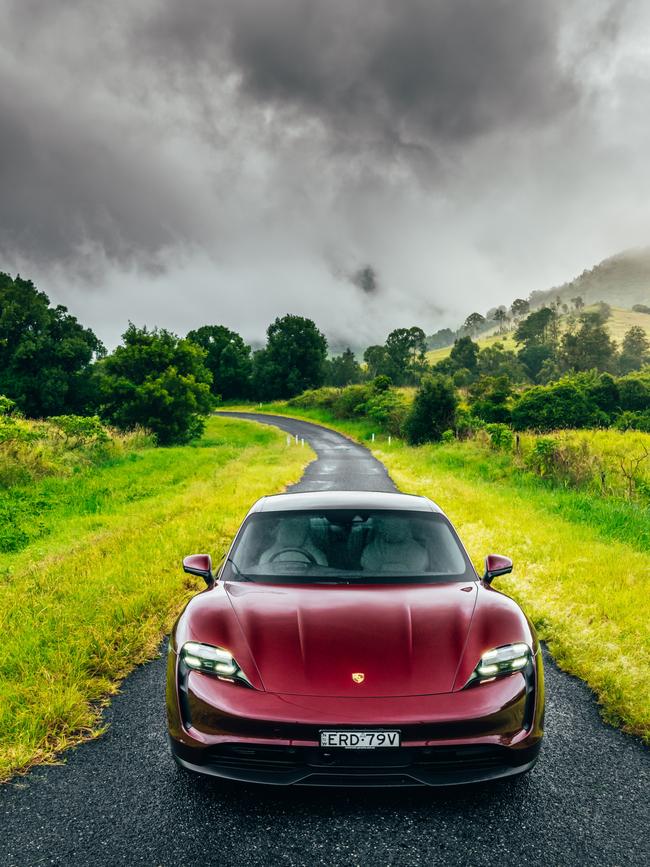
I must admit I was worried that the brand was about to further dilute itself when the first Taycan electric vehicles arrived. I love the sound of Porsche’s fine-whine engines far too much to believe they could make a silenced weapon that would pierce my hardened heart.
But then I drove the Taycan Turbo S, which completely reset my definition of the word “fast” and was so hilarious that I couldn’t hear the absence of normal car sounds for the noise of my own delighted cackles (and the slightly quieter snaps, crackles and pops of my neck vertebrae). The Taycan even provided the option for a “skilfully composed sports car sound”, which, while it didn’t sound anything like a Porsche, did sound like Siri having a polite orgasm.
The only real problem with the Taycan range – which also included a bonkers Turbo and a merely very fast 4S – was that they were all alarmingly expensive, even in a world in which all electric vehicles cost too much. But Porsche has now produced an entry-level EV sedan, the no-frills Taycan pictured here, which is made notably different from its bigger, butcher brothers by having just one “permanently excited synchronous electric motor”, on the rear axle, rather than one on each.
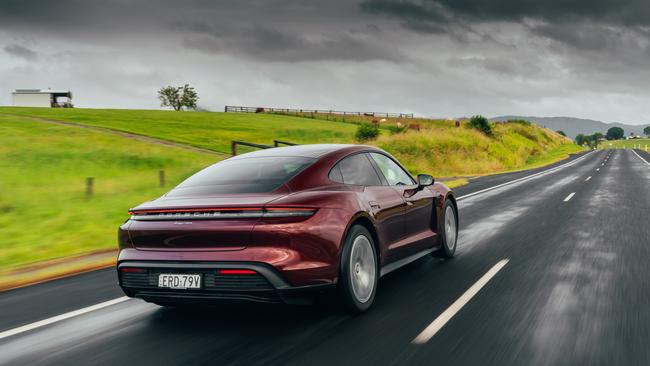
This might seem a bit like Porsche selling a cheaper 911 with a wheezy engine – but it already kind of does that in the shape of the four-cylinder Cayman, sometimes rudely referred to as “the poor man’s 911”.
It has been explained to me by an unusually honest car dealer, however, that the Cayman is actually a clever way to sell more 911s, because buyers come in and enquire about this entry-level Porsche, and the savvy sales people humour them and then say something like, “Sure, it’s a great car, but haven’t you always really dreamt of owning a 911? And did you realise that a 911 is actually not that much more expensive? Why don’t we go for a test drive in the one you really want?”
I can only assume this base Taycan is a similar honey trap aimed at shoving more buyers upwards towards the 4S model, because it’s sadly slightly turgid.
Yes, it’s cheap for a Porsche at only $156,300, but that price gets you a car with a 79.2kWh battery making 240kW and 345Nm, with a range of 369km; Porsche admits most buyers will instantly throw down an extra $12,020 for the Performance Battery Plus, which will deliver 280kW, 357Nm and a 434km range. But even with that option ticked, you’re only going to get from zero to 100km/h in 5.4 seconds – which might not sound that slow on paper, but compared to even the 4S, which does it in four seconds, it feels pedestrian (and next to the Turbo S’s 2.8 it feels… roughly half as fast). The electric motor certainly didn’t feel “permanently excited” to me.
With much of its grunt gone, you really start to notice how heavy the Taycan feels on the road, with its 2130kg mass seeming far less nimble and involving than in the more expensive models.
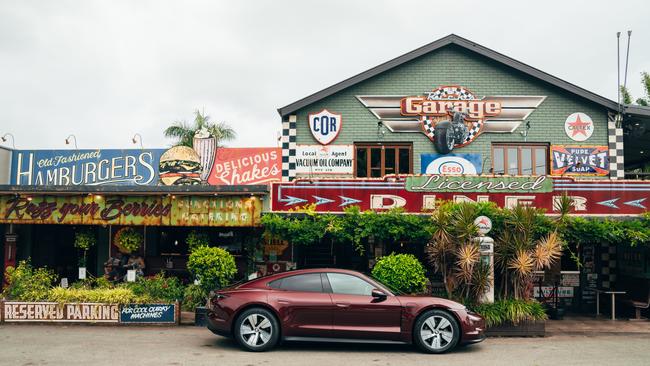
The base-level Taycan still has Launch Control, which, in the all-wheel-drive variants, allows you to frighten your passengers in the same way that inserting a lit firework in their underpants would, but which in this car feels more like waving a damp sparkler.
This is not to say the Taycan is a bad car, in isolation, because it is typically Porsche-like in the way that it rides and steers. It’s also very comfortable and classy inside and, if you had no interest in driving like someone has set your pants on fire, I’m sure it would be satisfying, or at least satisfactory.
Unfortunately, Porsche made the mistake of bringing along a Turbo version of another new-ish Taycan variant, the station-wagon-shaped Cross Turismo, for us to drive, and the back-to-back comparison was strikingly stark, like jumping off a carousel horse onto a thoroughbred.
It is, of course, important to get your head around the price differential; the Taycan Turbo starts at $276,300, while the base Taycan I’d just driven actually tipped the scales at $194,800, once its various options were taken into account (interestingly, the dual-motor 4S Taycan starts at just $194,700).
If I could actually stretch to almost $200,000, personally I’d somehow rustle up the extra to get myself a Turbo, because for me, driving a Porsche should be invigorating and thrilling every day.
Tellingly, however, that same car dealer told me that the Taycan, which was already selling like mad before the cheap one arrived, was bringing in buyers who’d never considered the brand before. Obviously they just don’t understand what a Porsche is. For shame.
PORSCHE TAYCAN
ENGINE: Single permanently excited synchronous electric motor with a 79.2kWh battery (240kW/345Nm)
TRANSMISSION: Two-speed automatic, rear-wheel drive
PRICE: $156,300
RATING:★★★

